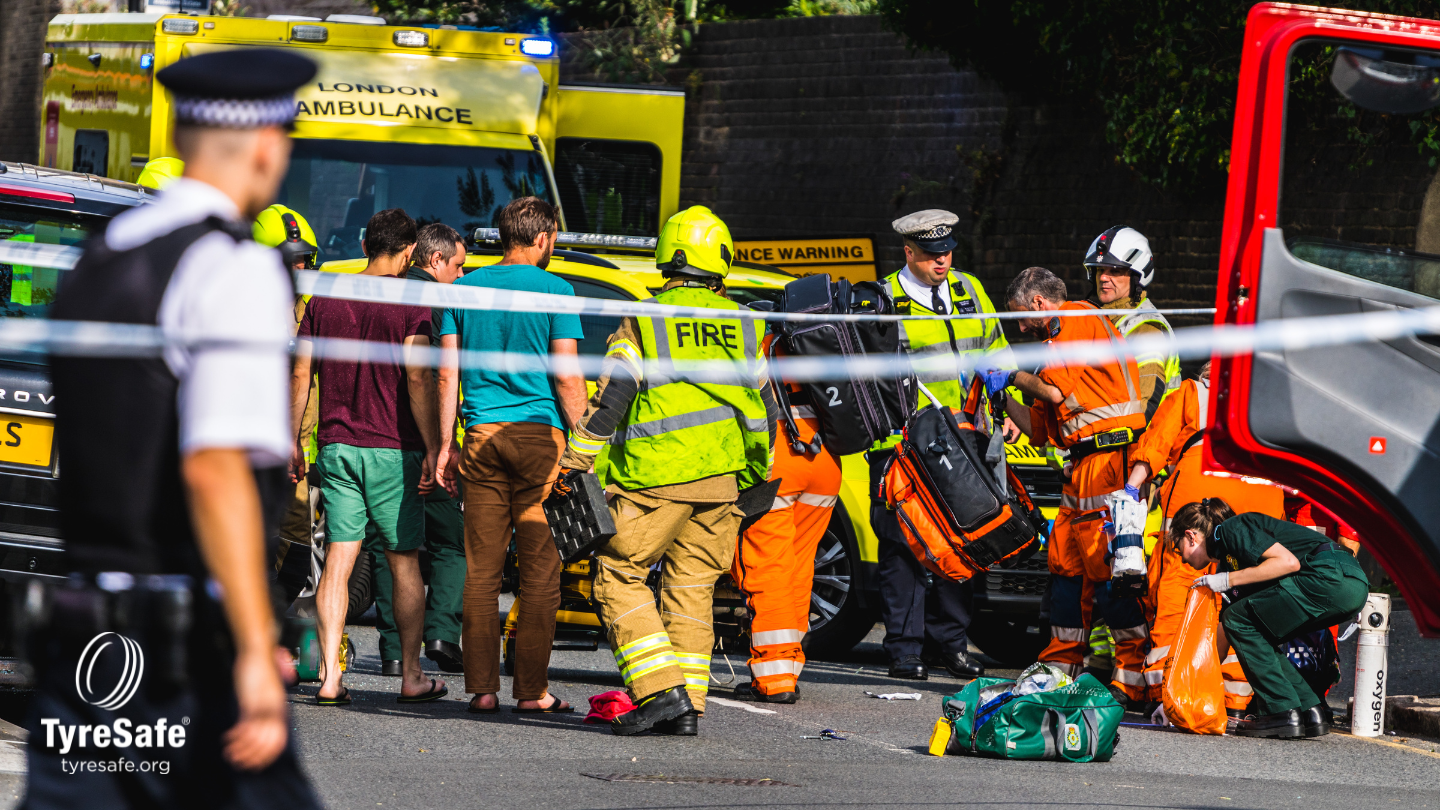TyreSafe is reminding owners and operators of autonomous vehicles of the critical importance to their safety of regular tyre checks. With the Royal Ascent having been given to the Automated Vehicles Act on 20 May 2024, the government has revealed autonomous vehicles could be on our roads as soon as 2026.
While automated vehicles have the potential to offer great benefits to road safety, and the economy, the vehicles’ systems and components must be in good working order to allow them to operate at an optimum level.
While Tyre Pressure Monitoring Systems (TPMS) will allow the vehicle to alert the driver to underinflation, there is currently no means by which the vehicle will know what condition the tyres are in, how deep the tread is, nor what type of tyre is fitted.
Tyres are the only component on a vehicle which has a direct influence on the performance of a vehicle’s braking, steering and acceleration inputs. If tyres are unroadworthy, the vehicle will not accelerate, brake or steer to its optimum level.
While the sophistication of the Artificial Intelligence (AI) systems has never been greater, they require solid data on which to make their calculations. Without any way of knowing a tyre’s tread has worn, it will not be able to adjust braking distances in the wet to allow for the increased distance the vehicle will need to come to a halt. Tests show a vehicle travelling at 50mph which is equipped with tyres at full tread will stop 14m shorter than one with tread at 1.6mm, the legal limit.
Equally, the type of tyre fitted can be of critical importance. Again, tests show a vehicle travelling at 50mph when fitted with All Season or Winter tyres will stop 40m shorter than one on summer tyres. That’s the equivalent of nearly three bus lengths.
Owners and operators of autonomous vehicles are advised to ensure their tyres are in optimal condition by conducting regular tyre checks and be fully familiar with the protocols recommended by the vehicle manufacturer for driving in extreme weather conditions.
Stuart Lovatt, TyreSafe Chair, said: “Autonomous vehicles are no doubt the future with their wide range of benefits to road safety and the economy and their arrival is welcomed. However, owners and operators must be aware of the current limitations of the technology to monitor all aspects of a tyre’s roadworthiness. While TPMS does offer some data, tread depth and general condition cannot currently be relayed back into the AI systems, which is of real significance when it comes to incident avoidance.
“TyreSafe urges all owners and operators of this exciting technology to be aware of the critical nature of regular tyre checks for their safety and all road users around them.”
Drivers are reminded to ‘ACT’:
A – Air pressure: Ensure your tyres are inflated to the vehicle manufacturer’s recommended levels.
C – Condition: Regularly check tyres for cuts, bulges, and wear and tear.
T – Tread depth: Make sure your tyres have a tread depth of at least 1.6mm, the legal minimum, for optimal grip and safety in the wet.



